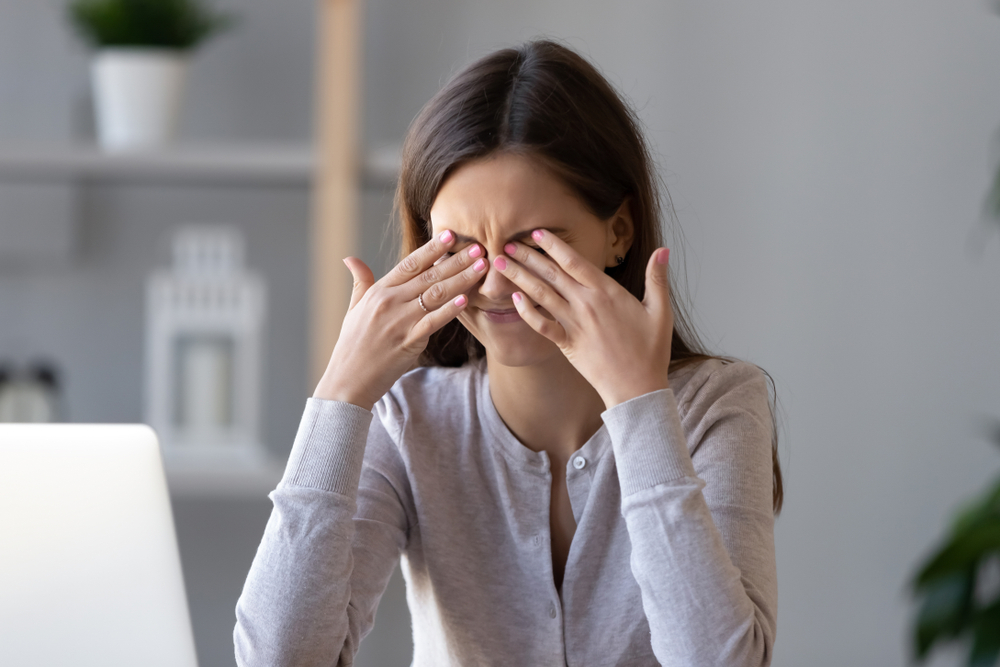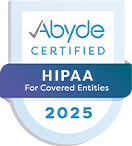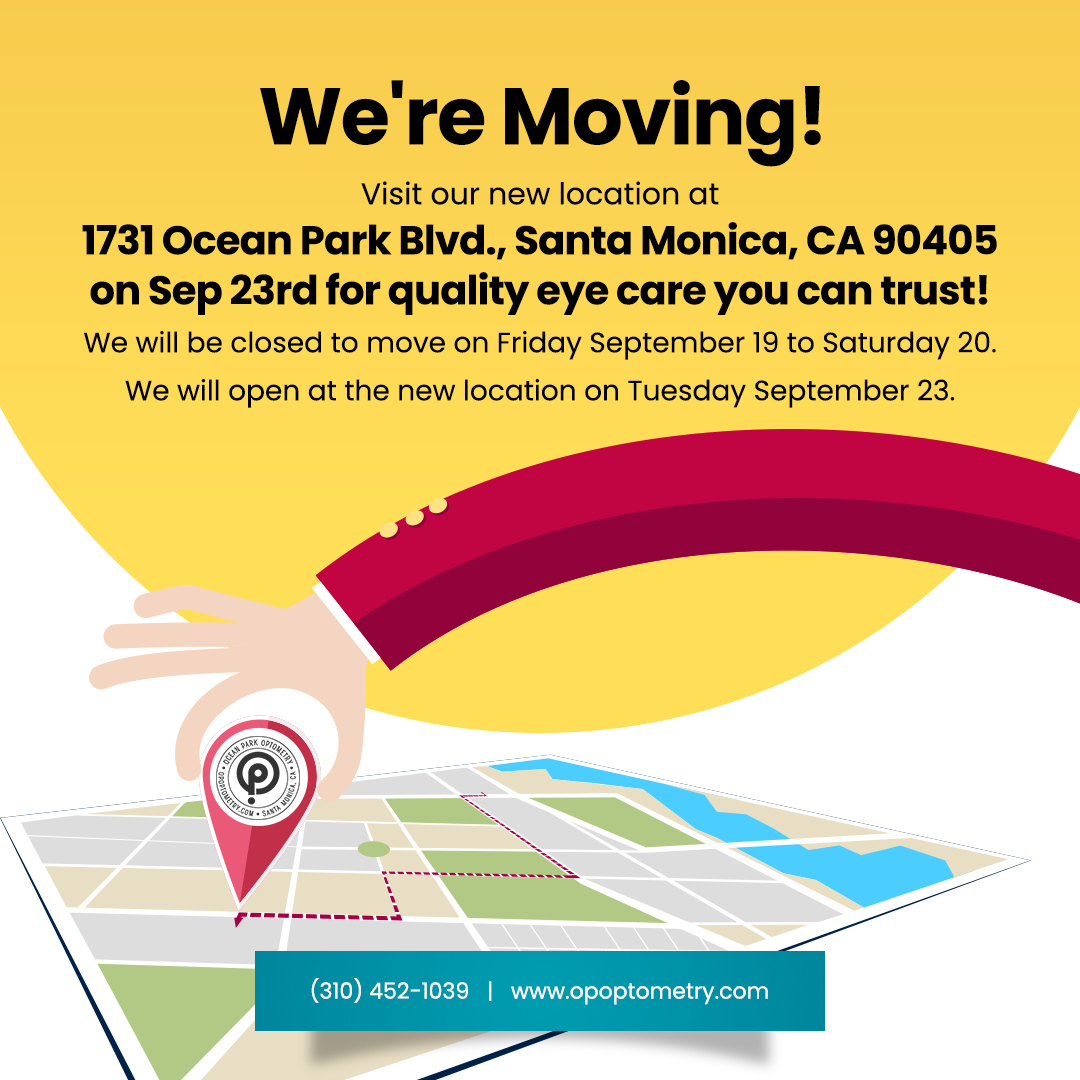
One of the most common and complicated eye disorders in the U.S. is dry eye syndrome. Even though the importance of tears has long been understood, treatment for this ailment is still elusive.
The only variety of dry eye syndrome that resolves on its own is the brief variation brought on by laser eye surgery. Most of the time, choosing the best course of treatment depends on correctly diagnosing the condition.
What Is Dry Eye Syndrome?
Dry eye syndrome is a condition characterized by insufficient lubrication of the eye surface. It usually leads to discomfort and impaired vision.
The disease affects the tear film, which consists of three layers:
Mucus or mucin
Aqueous layer
Lipid or oily layers
When left untreated, dry eye syndrome can cause damage and instability to the eye surface. Getting professional treatment is critical in identifying the condition you have.
Some people may spend hundreds of dollars on artificial tears and other ineffective short-term treatments. Proper diagnosis is necessary for effective treatment and improving your quality of life.
How Is It Diagnosed?
Comprehensive Eye Exam
A comprehensive eye exam entails a series of tests and a thorough assessment of your medical history. By conducting this examination, an eye doctor can identify potential triggers. They can also find the underlying causes of your dry eye syndrome.
Tear Quality Test
Tear quality tests typically utilize specialized dyes. These provide insights into the condition of your eye surface. The tests assist the eye doctor in assessing the rate of tear evaporation over a specific duration. They are particularly effective in identifying evaporative dry eye syndrome.
Tear Volume Test
The tear volume test measures the quantity of tears produced by your eyes. This test can be conducted using either the Schirmer or the phenol red thread test.
Schirmer Test: During the Schirmer test, the eye doctor places blotting papers on your lower eyelid and measures the tear volume by observing how much the strips absorb.
Phenol Red Thread Test: The phenol red thread test involves using pH-sensitive paper threads that change color based on tear presence. The eye doctor can determine the amount of tears present by assessing the color change.
Treatments for Dry Eye Syndrome
LipiFlow®
LipiFlow is an innovative treatment method designed to address meibomian gland dysfunction, the primary cause of evaporative dry eye syndrome. This treatment utilizes a combination of gentle massaging and heat pulsation to ease blockages in the glands.
It helps in the extraction of trapped oils. LipiFlow also melts any thickened oils that may obstruct the glandular passage. Due to its remarkable efficacy, LipiFlow has rapidly become a standard treatment for evaporative dry eye.
IPL or Intense Pulsed Light
IPL is an emerging treatment option for evaporative dry eye and its often-associated condition, rosacea. It harnesses the power of light, absorbed explicitly by oxyhemoglobin. IPL generates heat through this light, facilitating meibomian gland expression.
The application of heat also aids in eliminating bacteria responsible for inflammation in the glands. Furthermore, it targets specific structures within blood vessels, addressing inflammation. This is the inflammation that contributes to meibomian gland dysfunction.
For more on the benefits of seeking professional dry eye treatment, visit Ocean Park Optometry at our office in Santa Monica, California. Call (310) 452-1039 to book an appointment today.













